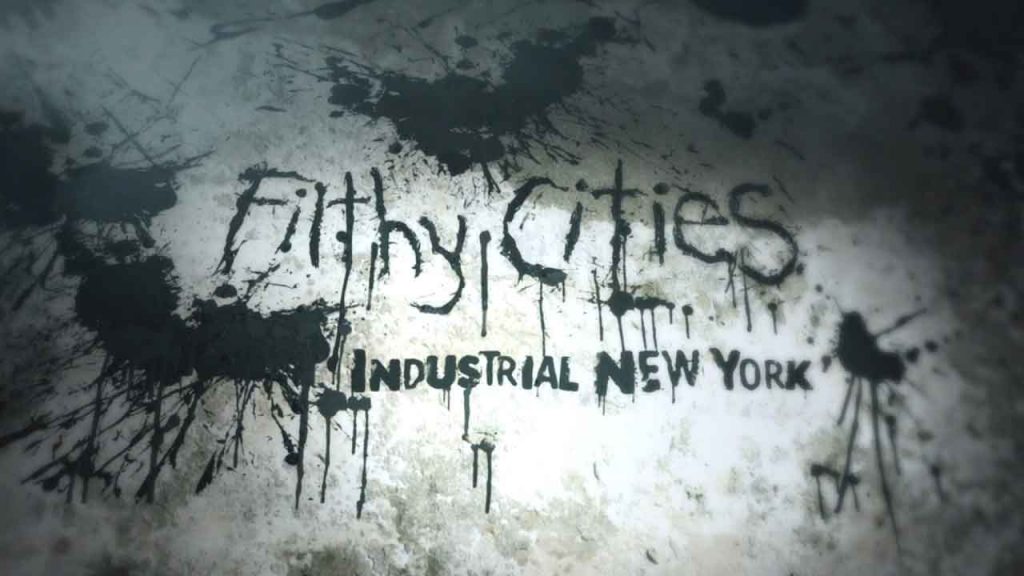Filthy Cities episode 3 – Industrial New York: Dan Snow travels back to a seething Manhattan in the throes of the industrial revolution. Millions fled persecution, poverty and famine in Europe in the 19th century in search of the Promised Land. When they arrived what they found was even worse than what they’d left behind.
New York was a city consumed by filth and corruption, its massive immigrant population crammed together in the slums of Lower Manhattan. Dan succumbs to some of the deadly disease-carrying parasites that thrived in the filthy, overcrowded tenement buildings. He has a go at cooking with some cutting edge 19th century ingredients – clothes dye and floor cleaner – added to disguise reeking fetid meat. And he marvels at some of the incredible feats of engineering that transformed not just the city, but the world.
In the 19th century New York City experience a flood immigrants which, coupled with parasites, disease and political corruption, created one of the most hazardous living environments in history. This program tells the story of the people and technology that brought the city’s filth under control. But progress is not without its set backs. Enter Thomas Midgley, Jr.
Filthy Cities episode 3 – Industrial New York
Over the course of the nineteenth century, New York City’s population grew from 60,000 to 3.43 million. Under New York State’s abolition act of 1799, children of slave mothers were to be eventually liberated but to be held in indentured servitude until their mid-to-late twenties. Together with slaves freed by their masters after the Revolutionary War and escaped slaves, a significant free-Black population gradually developed in Manhattan.
Under such influential United States founders as Alexander Hamilton and John Jay, the New York Manumission Society worked for abolition and established the African Free School to educate Black children. It was not until 1827 that slavery was completely abolished in the state, and free Blacks struggled afterward with discrimination. New York interracial abolitionist activism continued; among its leaders were graduates of the African Free School. New York city’s population jumped from 123,706 in 1820 to 312,710 by 1840, 16,000 of whom were Black.
In the 19th century, the city was transformed by both commercial and residential development relating to its status as a national and international trading center, as well as by European immigration, respectively. The city adopted the Commissioners’ Plan of 1811, which expanded the city street grid to encompass almost all of Manhattan. The 1825 completion of the Erie Canal through central New York connected the Atlantic port to the agricultural markets and commodities of the North American interior via the Hudson River and the Great Lakes. Local politics became dominated by Tammany Hall, a political machine supported by Irish and German immigrants.




